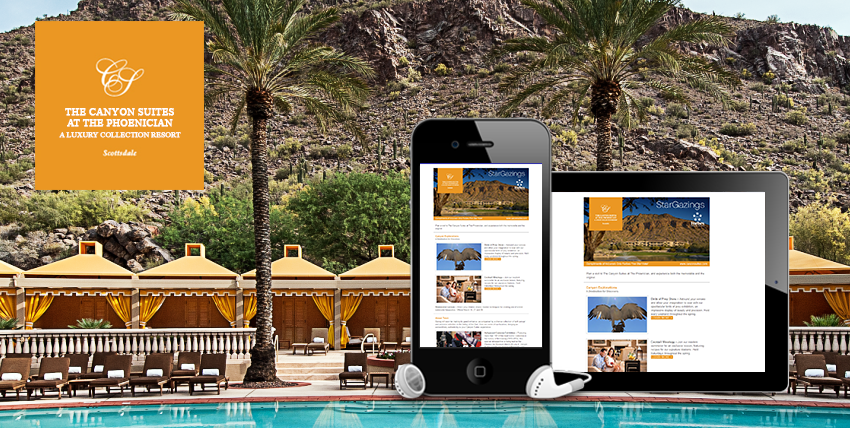If you follow this blog on a regular basis, or if you are an MGR Consulting Group client, you know that we are great advocates of Email Marketing. Despite all the new “marketing channels” such as Facebook, Twitter, Pinterest, Google+, video marketing, and so many others that have developed over the past few years, Email Marketing is still one of the most reliable and conversion-proven methods for today’s marketers. A good and constantly updated and growing email ‘opt in’ list should be every company’s most treasured marketing asset.
But as much as Email Marketing has been around for more than a decade, the way you deploy your marketing emails has constantly evolved. Now more than ever, with the large popularity and wide-spread use of smart phones, the way you design your emails could be the difference between being opened by your intended recipient or deleted right away.
In the recent past, businesses and digital marketers armed with savvy email marketing techniques see HTML-only as the go-to format. Emails with snazzy layouts, impressive headers, beautiful images, call-to-action buttons and even some animation helped email subscriptions, newsletters and other email marketing content rule inboxes during those times.
However, as devices, browsers and apps for viewing emails become increasingly diverse, HTML emails become more complicated to format and manage. The visual components and layout of your HTML email may not often be supported by your customers’ email clients. Their mobile device, bandwidth or functionality of their gadget may not be compatible with your email elements. The result: Your recipients end up with broken, ugly or indecipherable emails, which naturally get discarded.
Another main objection with HTML emails is that with the way email filters are designed, they tend to be labeled as SPAM. This is especially true for HTML emails with poor or broken codes. These emails get automatically channeled to the SPAM folder, wasting your chance of connecting to the recipient.
But email marketing isn’t that black-and-white. It doesn’t mean that marketers should simply stick to plain text emails and shun HTML formats forever. As with any marketing approach, it depends on the preferences of your target market. If your market loves only plain text, then by all means invest in making your plain text emails more attractive, such as focusing on well-written subject lines and quality copy.
But if your market still prefers HTML emails (such as in industries that rely on product images), you could still take advantage of the visual appeal and branding ability of HTML by making it more deliverable. One way to do this is to send only HTML emails that are properly coded. Another proven way is to make sure that the HTML version is accompanied by a plain text version to cut the spam tag.
You can enjoy the best of both HTML and plain text email by practicing responsive email design. Use the right tools and techniques to optimize your emails for both the big and small screen, and for a wide variety of browsers and platforms. Learn about the best practices for building and designing responsive emails – or you can simply invest in a tool or program that simplifies and automates the process.
So if you’re still asking “plain text or HTML emails?” know that that answer is not a simple yes or no, because it depends on what works for you. A good solution is to send both versions and to always optimize your emails through responsive email design.
Responsive Email Design, sometimes referred to as RED, has been growing rapidly in popularity, and several studies show that, on average, up to 50% of emails are opened first on a mobile device. For some companies, that rate is as high as 70%. If you’ve ever had the sad experience of trying to read an email on your mobile phone that was only created for a desktop view, you will know what I’m talking about; missing images, tiny fonts, hard to find calls to action and buttons, fruitless scrolling, frustrating navigation, just to name a few of the user frustrations.
For that reason, today’s brands are turning to advanced responsive design techniques that create a better first impression for their subscribers, increase their open and click-through rates and boost their revenues.
If you need assistance setting up your Email Marketing Campaigns, be sure to contact our MGR Team and we’ll be happy to discuss all the options with you!
Thank you for reading. Until next time, this is Manuel Gil del Real (MGR)





